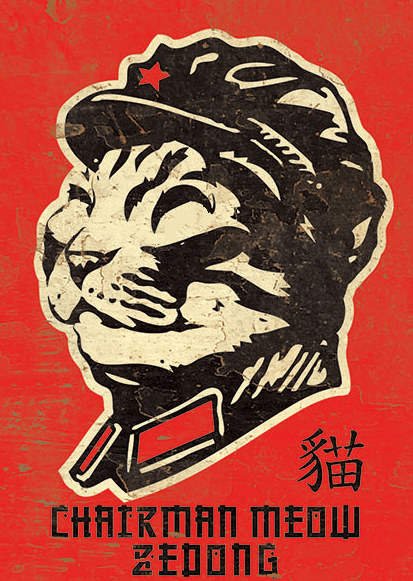Such decorations seem to materialize expressions of prisoners’ attempts to maintain a distinct identity in the dehumanized cosmos of the camp or a way of recreating a kind of “self.” But what kind of “self”? Most decorative elements refer to characteristics to which prisoners could relate, such as nationality or their place of imprisonment. Except for the initials, inscriptions are mostly not of a very personal nature but refer to the experience of internment or even directly to the racist categories that the SS used for classifying the inmates.
The triangle, for instance—a paradigm symbol for the labeling of concentration camp prisoners—was omnipresent inside the camp, sewn on to every inmate’s shirt and usually combined with a letter referring to the prisoner’s nationality that pushed him/her into the Nazi racial categorization. It is one of the most frequently occurring symbols on altered or handcrafted tags (n = 16).
While it is difficult to determine why prisoners more often employed signs of the oppressive system they had fallen victim to than very specific personal details, the actual act of decorating a tag nevertheless constitutes an act of appropriation and personalization of an item that was originally conceived to mark the owner as non‐person without a name (Sofsky 1997:84).
I refrain from arguing that the decorations embody a conscious and deliberate counteraction by the prisoners in an attempt to recreate their destroyed identities—the psychological distress and disintegration have been comprehensively described by psychologist and Holocaust‐survivor Frankl (2004). However, I do think that these handcrafted items may constitute a probably unconscious re‐appropriation of the self.
Being reduced to a number, deprived of all personal belongings and being humiliated on a daily basis might have triggered in some prisoners acts of resistance. Against all intentions of the SS, some prisoners deployed their tags—maybe the only item they could call their “own”—to distinguish themselves from the dehumanized mass of numbers by connecting it to their pre‐camp lives (e.g., through their initials), or to strengthen a sense of belonging to a specific group of inmates by referring to a shared set of symbols (e.g., the abbreviation of the nationality).
This might not be so far‐fetched when considering the prominent place the prisoner number occupies in survivors’ memoirs about recovering their identities in and after the camp (Graf 2015:249–250).
(Emphasis added.)
Events that happened today (September 26):
1877: Ugo Cerletti, Axis neurologist, was born.
1889: Martin Heidegger, Fascist philosophist, was delivered to the world.
1895: Jürgen Stroop, SS commander who led the suppression of the Warsaw Ghetto Uprising, made the mistake of living.
1942: Senior SS official August Frank issued a memorandum detailing how Jews should be ‘evacuated’.
…made the mistake of living.
Love it.


